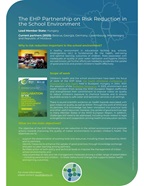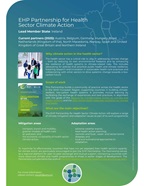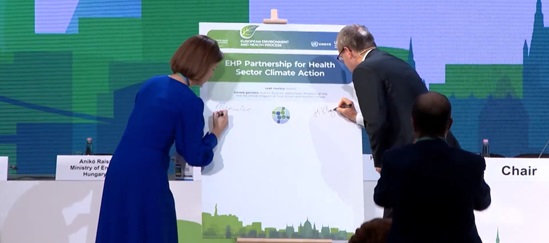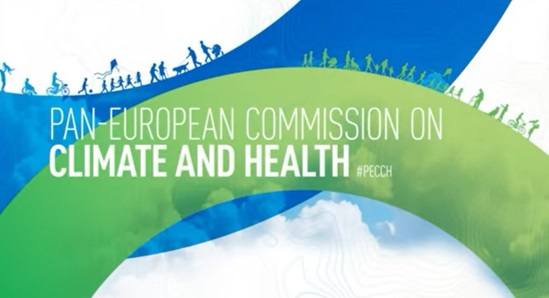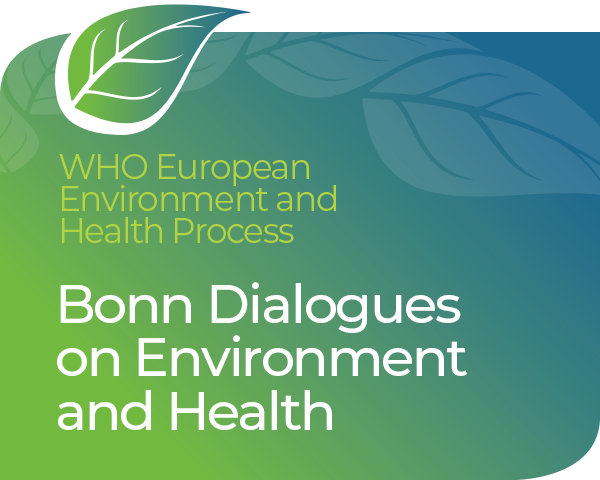
Protecting people from harmful exposure to environmental noise
Overview
WHO supports countries in protecting their populations, including vulnerable groups, from harmful exposure to environmental noise. Estimates for the European Union (EU) indicate that approximately 1 in 5 people, or 100 million citizens, are exposed to unhealthy levels of road traffic noise, and that at least 392 000 healthy years of life are lost to illness, disability or early death each year because of road, rail and air transport-related noise exposure. Measures to reduce environmental noise, such as adoption of sustainable forms of transport, can also deliver other benefits such as reduced air pollution.
Using the evidence on the health effects of noise and applying WHO guidelines and methodology, WHO develops technical and policy guidance. The WHO Environmental Noise Guidelines for the European Region set health-based recommendations on average environmental noise exposure from 5 relevant sources: road traffic, railways, aircrafts, wind turbines and leisure activities.
While focusing on the WHO European Region and consistent with the EU Environmental Noise Directive (2002/49/EC), the Guidelines also have global relevance. They were the basis for the revision of the Environmental Noise Directive, establishing common assessment methods for calculating exposure to different noise levels, and have had a direct impact on policy-making at local, regional, national and supranational levels in several countries and in the EU.
The WHO Night Noise Guidelines for Europe provide evidence and recommendations that countries can use to introduce targeted limits for night noise. They support and integrate the Environmental Noise Directive, which requires countries to map hotspots and reduce exposure but does not set limit values.





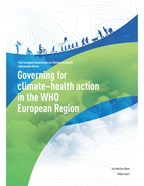
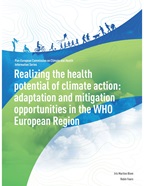
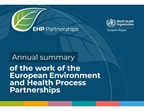
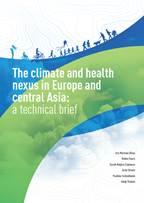
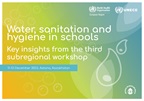
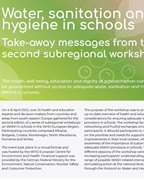
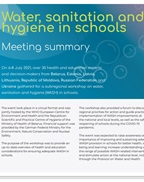
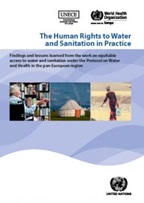
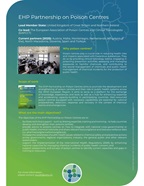
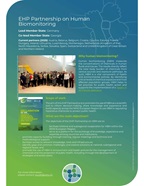
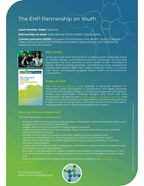
-ehp-partnership-on-healthy-active-mobility---leaflet-thumbnail.tmb-144v.jpg?sfvrsn=73a76b82_1)
